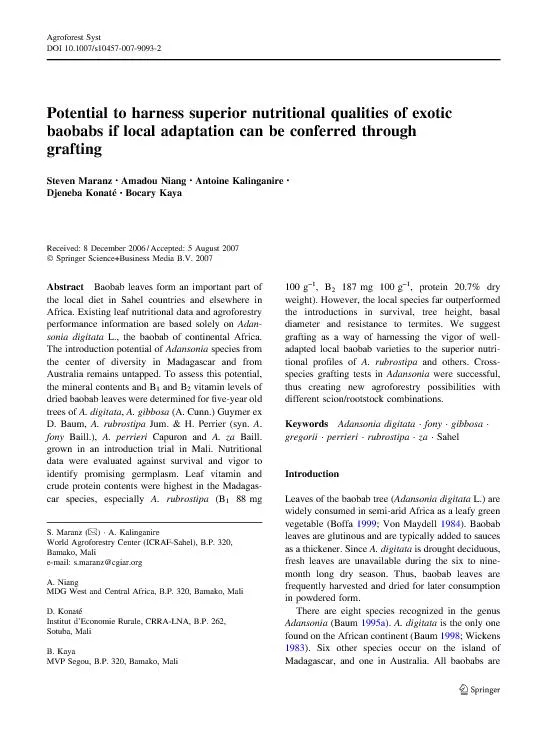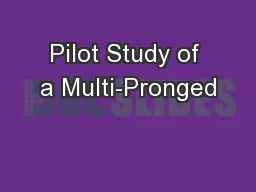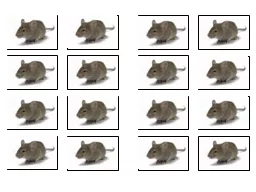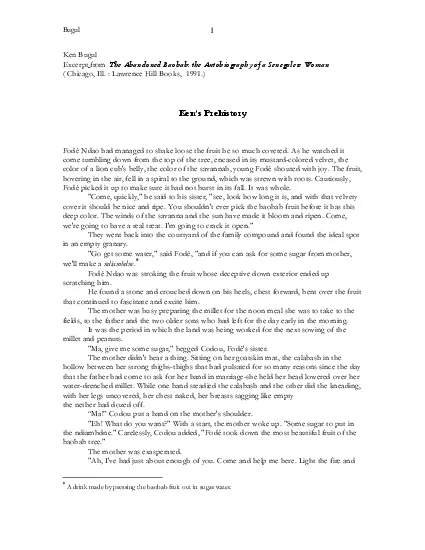PDF-ii Practical Manual No. 4 BAOBAB Adansonia digitata Field Manual
Author : pasty-toler | Published Date : 2016-03-02
2006 Southampton Centre for Underutilised Crops or University of Southampton International Centre for Underutilised Crops co International Water Management Institute
Presentation Embed Code
Download Presentation
Download Presentation The PPT/PDF document "ii Practical Manual No. 4 BAOBAB Adans..." is the property of its rightful owner. Permission is granted to download and print the materials on this website for personal, non-commercial use only, and to display it on your personal computer provided you do not modify the materials and that you retain all copyright notices contained in the materials. By downloading content from our website, you accept the terms of this agreement.
ii Practical Manual No. 4 BAOBAB Adansonia digitata Field Manual: Transcript
Download Rules Of Document
"ii Practical Manual No. 4 BAOBAB Adansonia digitata Field Manual"The content belongs to its owner. You may download and print it for personal use, without modification, and keep all copyright notices. By downloading, you agree to these terms.
Related Documents

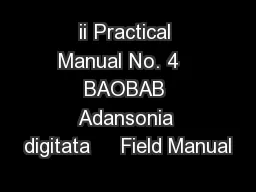
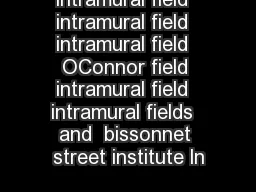

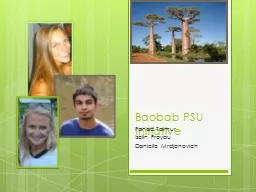

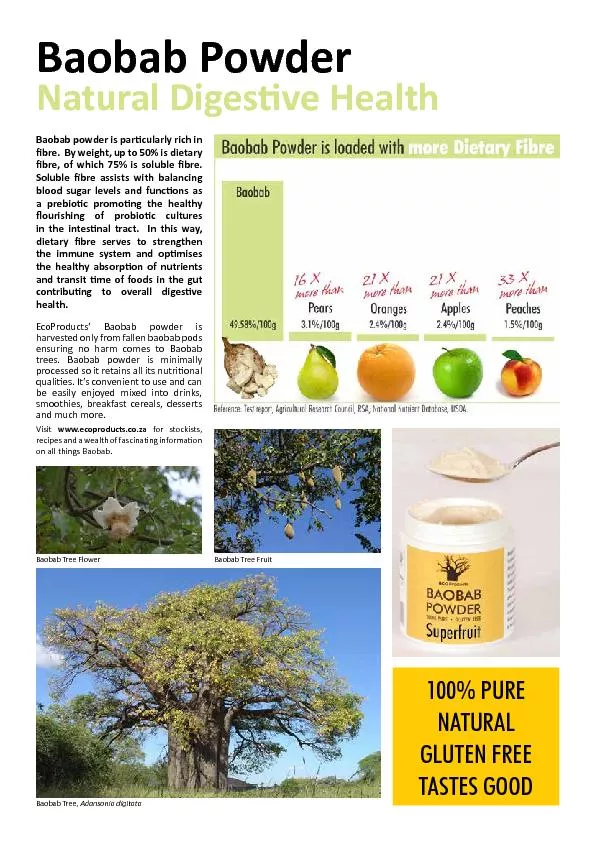

![afrika focus — 2010-06[11]](https://thumbs.docslides.com/475071/afrika-focus-151-2010-06-11.jpg)
